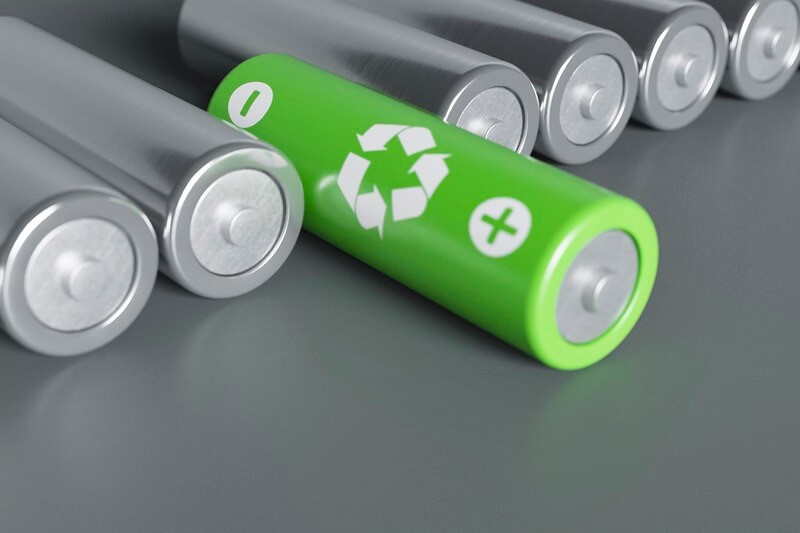In recent years, there has been a significant surge in the global movement towards environmental care and sustainability. This growing concern for the health and preservation of our planet is certainly a positive development, as it signifies a collective recognition of the urgent need to address pressing environmental issues.
The awareness and understanding of the impact of human activities on the environment have increased significantly. People are now more informed about the consequences of pollution, deforestation, and climate change. This newfound knowledge has sparked a sense of responsibility among individuals, communities, governments, and organizations to actively participate in safeguarding the Earth’s natural resources for future generations.
One of the key factors contributing to the momentum of environmental care is the realization that our planet’s resources are finite. The depletion of essential resources such as clean water, fossil fuels, and fertile land has become a pressing concern. This recognition has led to a shift in attitudes towards more sustainable practices, fostering the development and adoption of innovative technologies and strategies that minimize resource consumption and waste generation.
Additionally, the increasing frequency and severity of natural disasters, such as hurricanes, wildfires, and droughts, have served as wake-up calls, highlighting the vulnerability of our ecosystems and the need for immediate action. These events have prompted governments and communities to implement measures to mitigate and adapt to the impacts of climate change, including the promotion of renewable energy sources, the reduction of greenhouse gas emissions, and the preservation of biodiversity.
Moreover, the power of collective action and advocacy cannot be underestimated. Environmental care movements, led by passionate individuals and organizations, have been instrumental in raising awareness, influencing policy changes, and driving sustainable practices at a global level. Grassroots initiatives, such as community clean-up drives, tree planting campaigns, and recycling programs, have empowered individuals to actively contribute to environmental preservation in their localities.
The significance of environmental care extends beyond just ecological concerns. It also encompasses social and economic aspects. Sustainable practices not only help protect natural resources but also foster the well-being and livelihoods of communities. For instance, the promotion of eco-tourism and sustainable agriculture can create jobs, preserve cultural heritage, and improve the quality of life for local populations.
Certainly, you may have already had batteries from brands that allow you to recharge them for reuse at home, and rechargeable batteries are very practical in practice. That’s why today we will talk about what these batteries are, how long their recharge can last, and all the advantages of having this type of battery at home – don’t miss it!
What are rechargeable batteries?
If we are going to delve into a topic like rechargeable batteries, the key to understanding is to grasp what they are.
Let’s start by saying that a conventional battery is one that you use for a specific period, and once its charge is depleted, you can no longer use it. Now, focusing on rechargeable ones, the significant advantage and characteristic is that their lifespan is more extensive because you can restore the charge.
But beware, rechargeable batteries, do not mean they have infinite use.
How long do these eco-friendly batteries last?
As mentioned, these batteries are much less environmentally harmful, and their recharge is not infinite. Therefore, the question arises about how long rechargeable batteries last.
The answer depends solely on the brand, but the approximate lifespan of a rechargeable battery is between 4 and 5 years. Besides the brand, the size of the battery will also influence this.
The mentioned period can translate to up to around 500 recharges or more. As for the recharge time, it is generally 5 hours. But pay attention to the following, as the hours range from 4 to 16, depending on the charger’s capacity.
What batteries can be recharged?
Regarding which batteries can be recharged, the key is that when you go to buy your rechargeable batteries, make sure the brand has information on the packaging that says “Rechargeable.”
Some of the well-known brands that will serve this purpose are:
Duracell.
Panasonic.
Energizer.
It’s essential to take care of rechargeable batteries, so you can extend their lifespan. Recommendations for this include not leaving them in a warm place, such as your car or direct sunlight. It is best to keep them in a cool and dry environment.

